Although it was released to a small number of movie theaters in the UK your best chance of seeing ‘The Dig’, the story of the discovery of the Sutton Hoo ship burial in the UK in 1939, is via the streaming service Netflix. In these days of the Covid-19 pandemic many film production companies are either holding on to their products until things return to normal, such as the next James Bond movie, or skipping the theaters to go directly to TV like Godzilla versus Kong. With the latter generally appearing on a subscription movie service like Netflix.

What long-term effect the pandemic is going to have on the movie industry can only be guessed at present. Movie theater corporations have been badly hurt by the loss of revenue due to the pandemic with Regal theaters declaring bankruptcy while AMC is barely holding on. If theaters in general disappear what will happen to the big, and costly blockbuster movies that Hollywood has come to depend on? It’s a good question as to whether a big budget Avengers movie could even make a profit if it’s only going to be seen in people’s homes? Only time will tell us what the answer will be. But for now we do still have movies to watch and review and this review is about ‘The Dig’.
The story of ‘The Dig’ begins as it did in real life, with landowner Edith Pretty, played by actress Carey Mulligan, on whose large property in Suffolk England are a number of earthen mounds that she suspects are archaeological sites. Local landmarks, the mounds even have a name that dates back centuries, Sutton Hoo, a name that in old English roughly translates as southern farmstead hill.

Like many members of the English gentry at that time Edith had read about Howard Carter’s excavation of the tomb of the Egyptian Pharaoh Tutankhamun. Wondering what may be hidden in her mounds Misses Pretty, Edith was a widow as the story begins, contacts with a local amateur archaeologist named Basil Brown, played by Ralph Fiennes, to excavate the largest of the mounds, one that she has a feeling about.

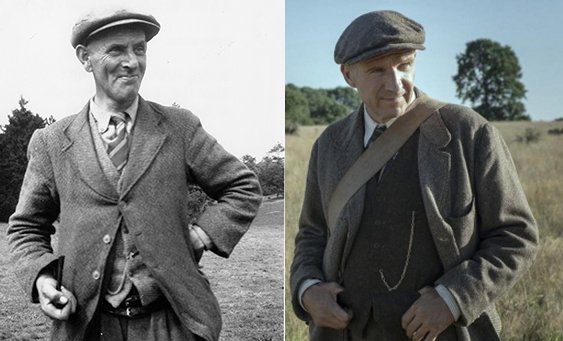
What Basil discovers is the remains of a long wooden ship similar to a Viking dragon ship. He realizes that the mound is a ship burial, an entire ancient ship used as a platform, a coffin in a sense, for the burial of a Viking king or powerful noble. Such burials are known both from historical records as well as archaeological sites in Scandinavia.
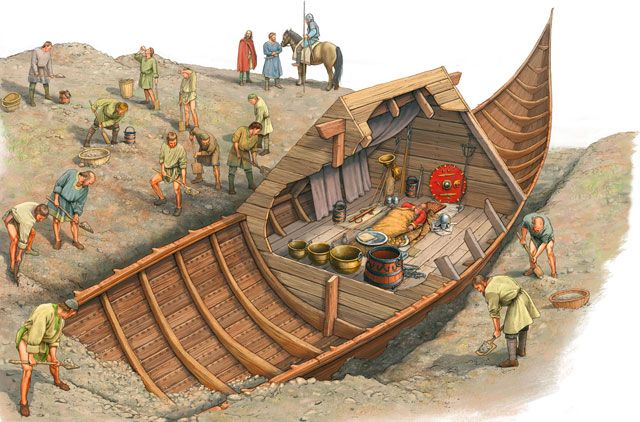
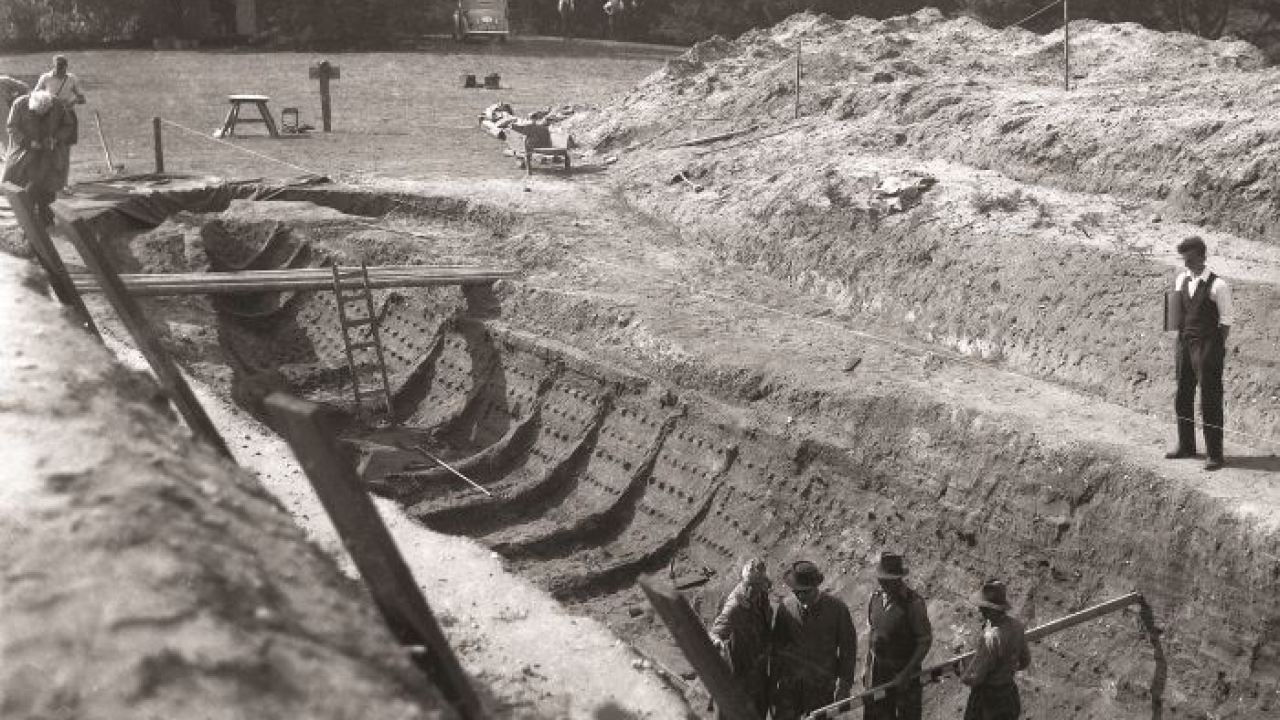
When the ship is about a third excavated and the nature of the find becomes news across the country a professional archaeologist named Charles Phillips from the British Museum arrives to take over. That’s one of the themes of ‘The Dig’, British snobbery. Throughout the first half of the movie anytime Brown wishes to talk to Misses Pretty he has to wait outside while the butler goes to get her, he’s hired help after all. And of course anyone with a university degree should be the one giving the orders rather than someone whom is really only a farmer playing at archaeologist.
By this time however Edith has come to trust Basil and since the mounds are on her land a truce is arranged where professional and amateur work together to complete the dig. As artifacts are discovered it soon becomes obvious that the burial is too old to be Viking. It’s Anglo-Saxon, straight out of the deepest part of the Dark Ages. Artifact after artifact is unearthed from the mound as Basil and the team from London occasionally glance nervously skyward where warplanes are roaring overhead.
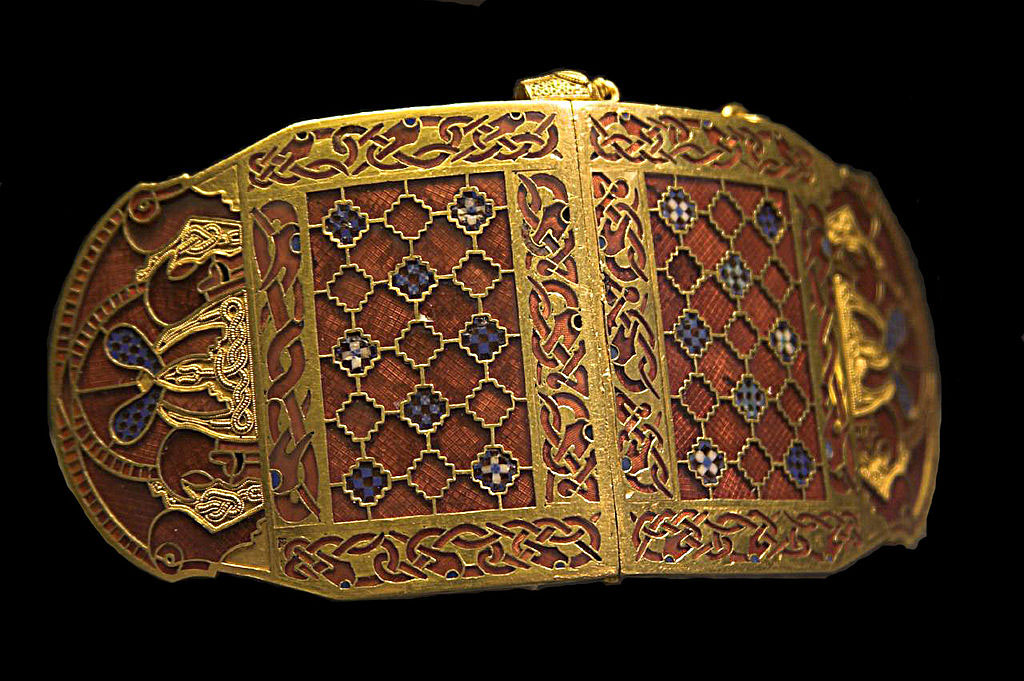
That’s the second theme of ‘The Dig’ because the excavation of Sutton Hoo took place in the late summer of 1939 as Europe was preparing to plunge into the bloodiest war in history. The professionals know that once the war starts, and in the movie no one has any doubt that the war will soon start, they’ll be ordered to stop their work and so the excavation continues with an air of impeding disaster.
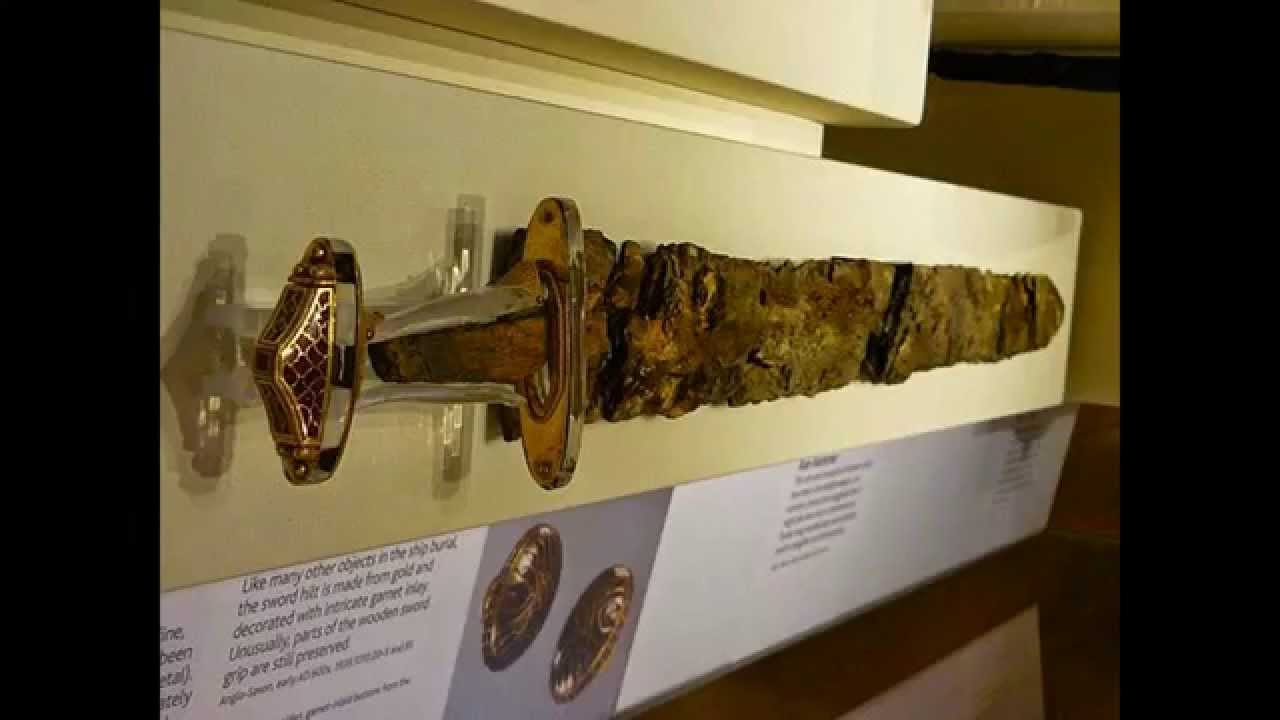
The team does finish in time however and an inquest decides that the treasure belongs to Edith who decides to donate it to the British Museum where she feels that the greatest number of people will be able see it. Indeed, today the Sutton Hoo treasure has an entire room at the British Museum. And to anyone who may not be familiar with Sutton Hoo treasures I heartily recommend checking out the museum’s site. https://www.britishmuseum.org/collection/galleries/sutton-hoo-and-europe

I’m certain that by now you can tell that I’m giving ‘The Dig’ a big thumb’s up. The acting is impeccable and the cinematography is simply gorgeous. Most of all the story, the story of how the English people regained a large part of their history is both interesting as well as important.
A few last remarks. Although the body had long ago decayed away, it is thought that the person buried in the mound was probably King Rӕdwald of East Anglia or perhaps his son. Regardless of who it was, by being buried in such spectacular fashion he left us a great deal of evidence of the world in which he lived.

And the treasures of Sutton Hoo spent the war safely buried at an underground station in London. It wasn’t until nine years later that the British Museum first exhibited the treasure, with no mention being made of the role of Basil Brown in the discovery. After all, an amateur could not possibly have made England’s greatest archaeological discovery. But archaeology has a way of correcting for the prejudges of the past and today Basil Brown’s name is prominently displayed right next to that of Edith Pretty in the exhibit of the treasures of ‘The Dig’.
